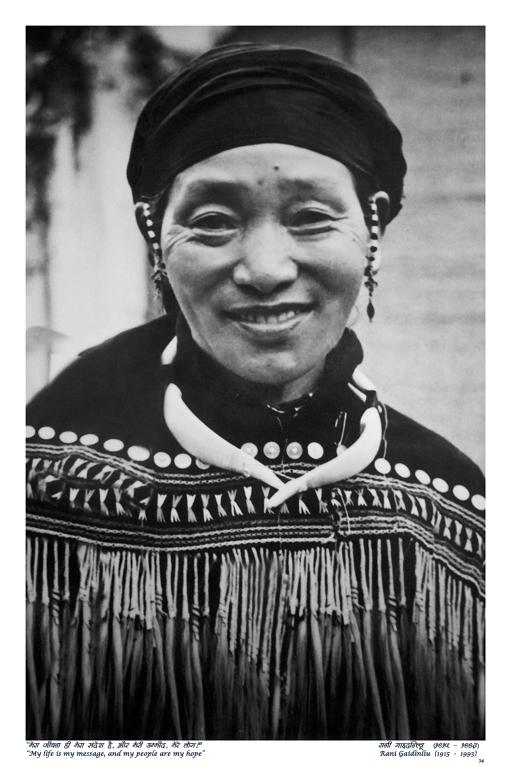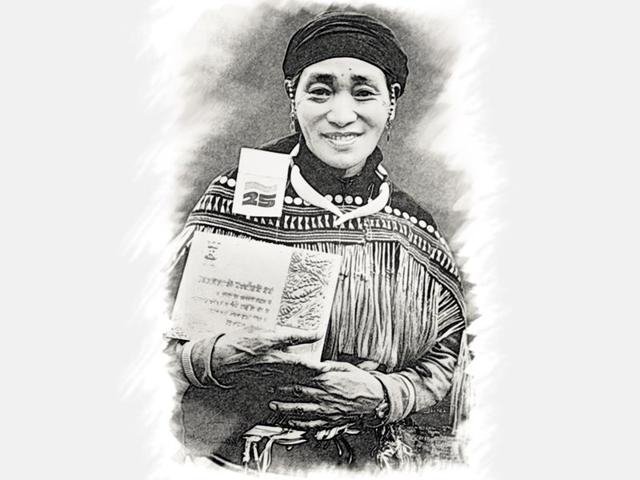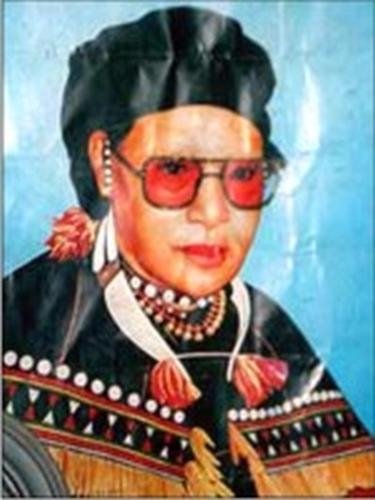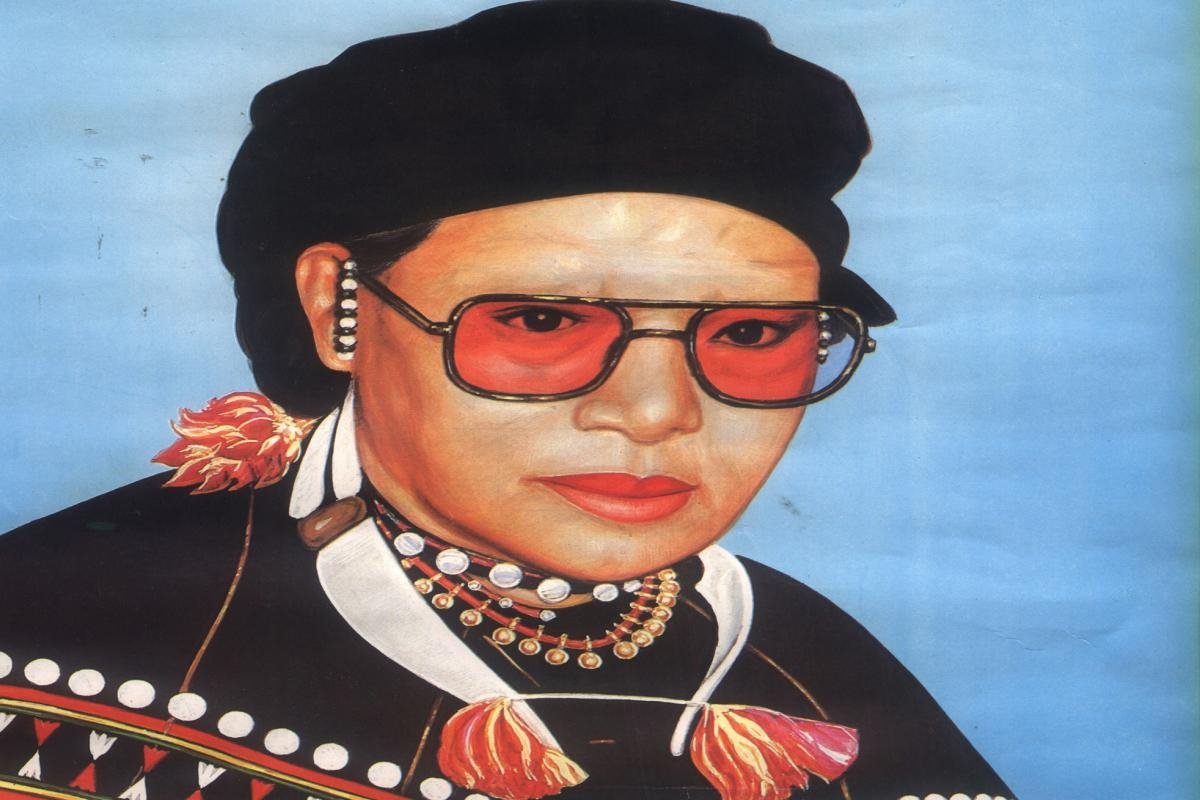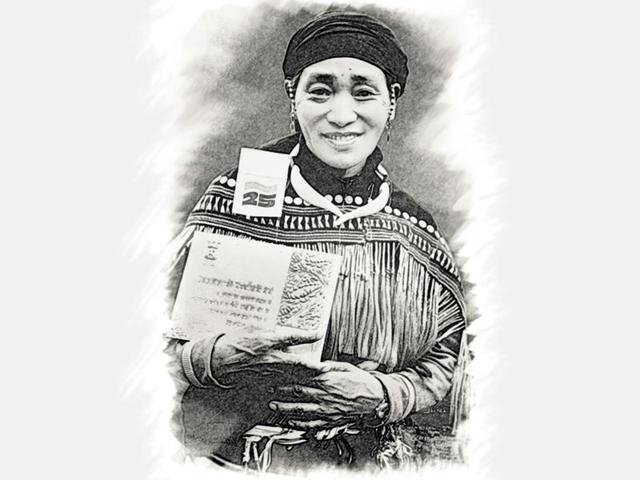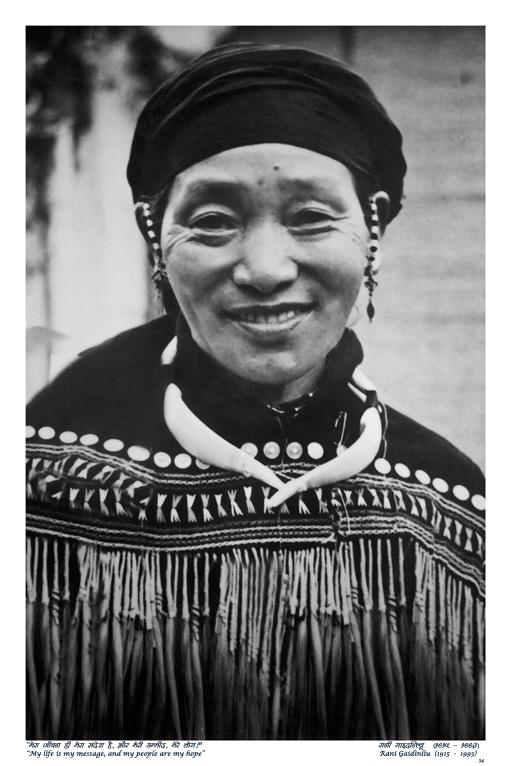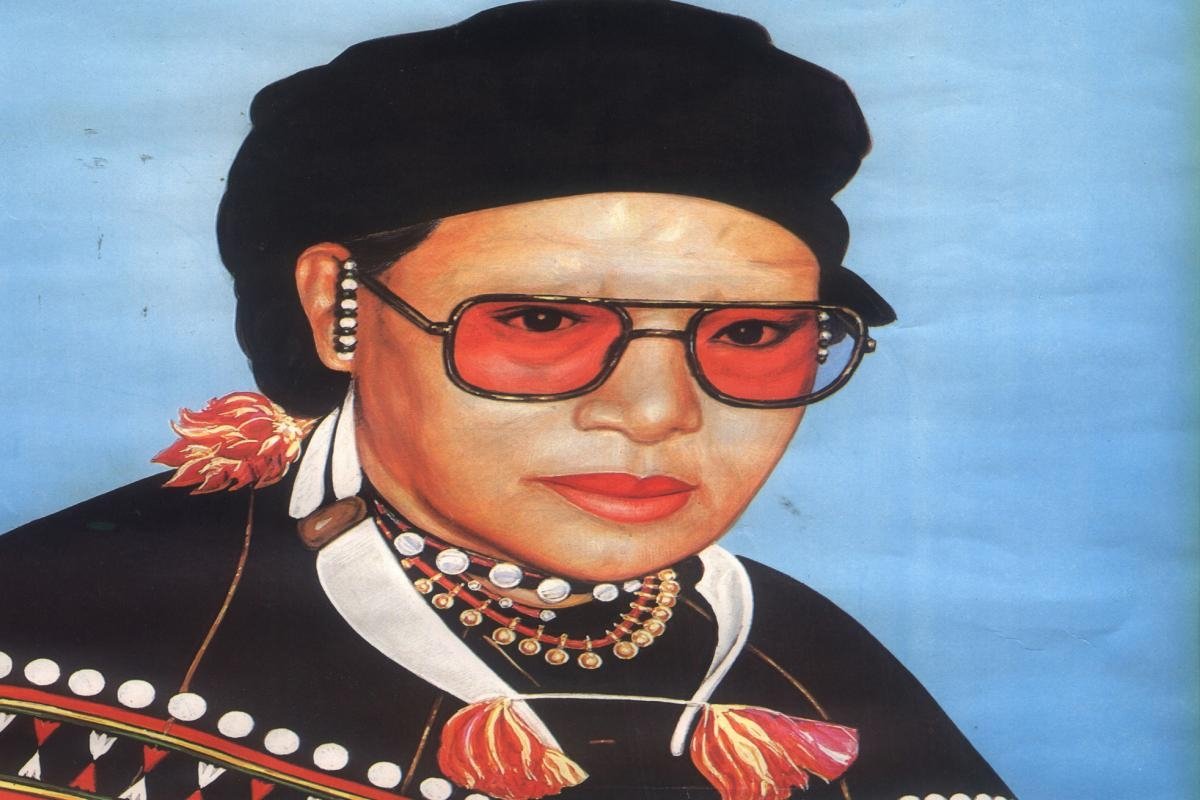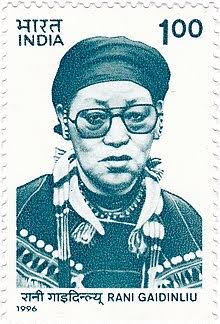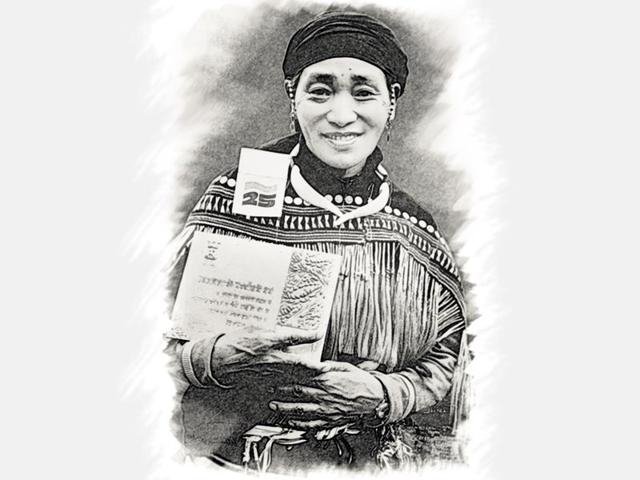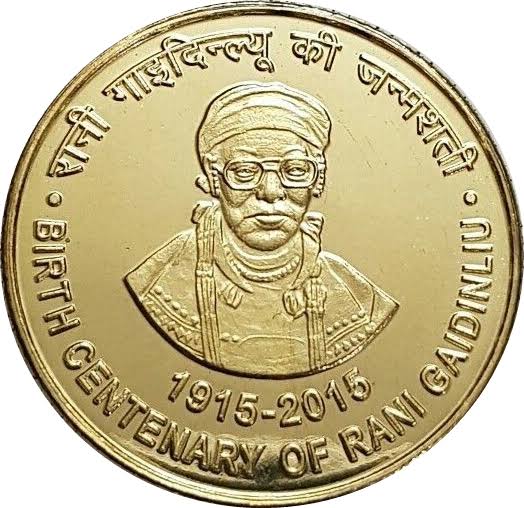Remembering the brave daughter of Manipur #RaniGaidinliu on her Death Anniversary. Rani Gaidinliu was one of the bravest women freedom fighter from North East India. She Joined the freedom movement at the age of 13 only.
#HerosOfNE
#HerosOfNE
Gaidinliu was born on 26 Jan 1915 at Tamenglong District, Manipur. She was from the Rongmei Naga tribe (also known as Kabui). She was born to Lothonang Pamei and Kachaklenliu.The family belonged to the ruling clan of the village. #HerosOfNE
"We are free people, the white men should not rule over us..”
This was not a clarion call from any freedom fighter from the mainland of the country during the long freedom struggle.This washer call to the ethnic Naga tribes from remote hills of NE that too when she was only 13.
This was not a clarion call from any freedom fighter from the mainland of the country during the long freedom struggle.This washer call to the ethnic Naga tribes from remote hills of NE that too when she was only 13.
In 1927, when she was just 13,joined the Heraka movement of her cousin Haipou Jadonang, who had emerged as a prominent local leader.Aimed to end the British rule and establish the self-rule of the Nagas .
Persuaded by Jadonang& #39;s ideology and principles, Gaidinliu became his disciple and a part of his movement against the British. In three years, by the age of 16, she became a leader of guerrilla forces fighting against the British rulers. #HerosOfNE
After Jadonang was arrested and hanged by the British in 1931, Gaidinliu emerged as his spiritual and political heir.
#HerosOfNE
#HerosOfNE
She openly rebelled against the British rule, exhorting the Zeliangrong people not to pay taxes. She received donations from the local Nagas, many of whom also joined her as volunteers. The British authorities launched a manhunt for her.
#HerosOfNE
#HerosOfNE
In October 1932, Gaidinliu moved to the Pulomi village, where her followers started building a wooden fortress. While the fortress was under construction, an Assam Rifles contingent launched a surprise attack on her and Gaidinliu, along with her followers, was arrested #HerosOfNE
In December 1932, her followers from the Leng and the Bopungwemi villages murdered a Kuki chowkidar of the Lakema Inspection Bungalow in the Naga Hills, suspecting him to be the informer who led to her arrest. #HerosOfNE
Gaidinliu was taken to Imphal, where she was convicted on the charges of murder and abetment of murder after a 10-month trial. She was sentenced to life imprisonment by the Political Agent& #39;s Court for abetment of murder. Most of her associates were either executed or jailed.
From 1933 to 1947 Rani stayed in Gauwhati, Shillong, Aizawl and Tura jails. Many rebels proclaimed her and Jadonang to be their inspiration in refusing to pay taxes to the British. #HerosOfNE
Jawaharlal Nehru met her at Shillong Jail in 1937, and promised to pursue her release. In a statement, Nehru described Gaidinliu as a daughter of the hills and he gave her the title & #39;Rani& #39; or Queen of her people. #HerosOfNE
Nehru wrote to the British MP Lady Astor to do something for the release of Rani Gaidinliu but the Secretary of State for India rejected her request stating that trouble may rise again if Rani was released. #HerosOfNE
After the Interim Government of India was set up in 1946, Rani Gaidinliu was released on Prime Minister Nehru& #39;s orders from Tura jail, having spent 14 years in various prisons in 1947. Even after release she continued to work for the upliftment of her people after her release.
Gaidinliu was opposed to Naga insurgency who advocated secessionism then from India. Instead, she campaigned for a separate Zeliangrong territory within the Union of India. #HerosOfNE
The rebel Naga leaders criticized Gaidinliu& #39;s movement for the integration of Zeliangrong tribes under one administrative unit. They were also opposed to her working for the revival of the traditional Naga religion of animism or Heraka.
#HerosOfNE
#HerosOfNE
Her struggle did not end with India getting freedom. In order to defend the Heraka culture and to strengthen her position, she went underground in 1960 again. She organized a private army of about 1K men equipped rifles to defend and press for her demand for Zeliangrong district.
In response to Phizo& #39;s declaration of the "Naga Federal Government", she set up her own quasi-administration named the "Zeliangrong Government of Rani Party".
In 1964, the overgroundZeliangrong leaders in consultation with underground leaders led by Rani Gaidinliu, demanded "a separate Zeliangrong Administrative Unit or Political Unit" within the Union of India.
1966, after six years of hard underground life in old age, under an agreement with the Government of India, Rani Gaidinliu came out from her jungle hideout to work for the betterment of her people through peaceful, democratic and non-violent means. #HerosOfNE
During her stay at Kohima she was conferred "Tamrapatra Freedom Fighter Award" in 1972, the Padma Bhushan (1982) and the Vivekananda Seva Award (1983).she was also conferred the Birsa Munda award posthumously and Government issued a postal stamp in her honour in 1996. #HerosOfNE
In 1991, Gaidinliu returned to her birthplace Longkao, where she died on 17 February 1993 at the age of 78. #HerosOfNE
the commemorative function held in New Delhi recently, the Prime Minister . @narendramodi released two coins of Rs.100/- and Rs.5/- denomination in her memory.
#HerosOfNE
#HerosOfNE
#HerosOfNE https://twitter.com/nsaikia/status/1229453039985184769?s=19">https://twitter.com/nsaikia/s...

 Read on Twitter
Read on Twitter